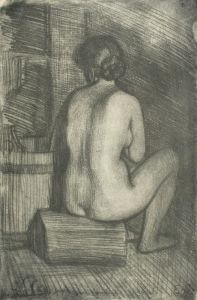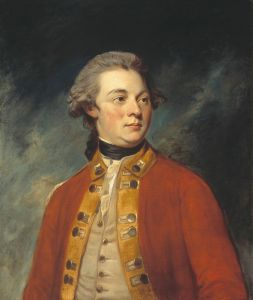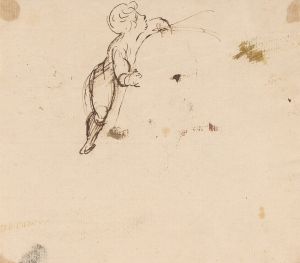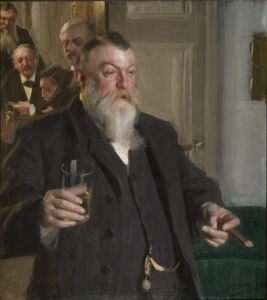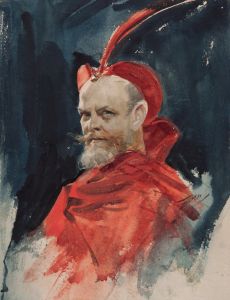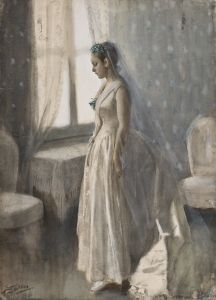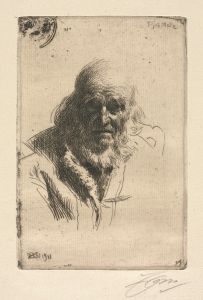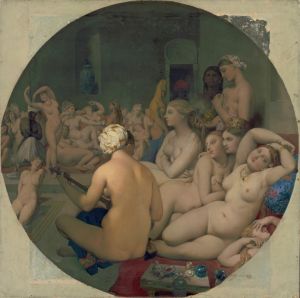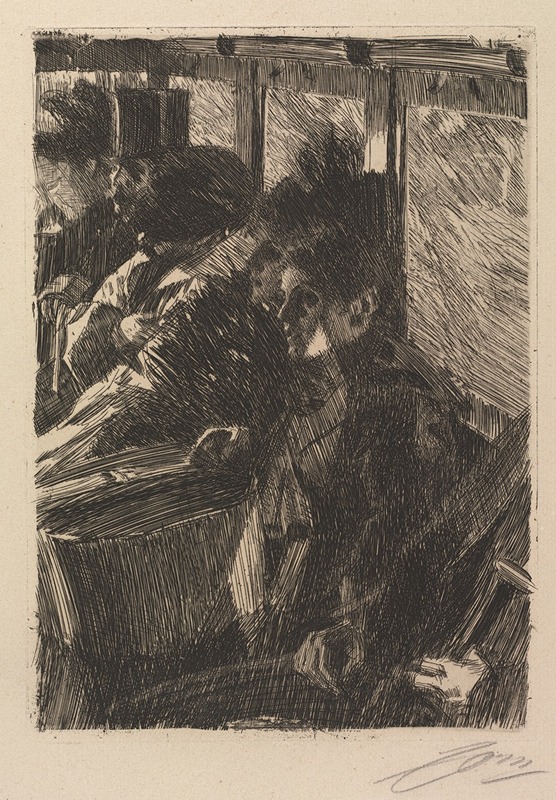
Omnibus
A hand-painted replica of Anders Zorn’s masterpiece Omnibus, meticulously crafted by professional artists to capture the true essence of the original. Each piece is created with museum-quality canvas and rare mineral pigments, carefully painted by experienced artists with delicate brushstrokes and rich, layered colors to perfectly recreate the texture of the original artwork. Unlike machine-printed reproductions, this hand-painted version brings the painting to life, infused with the artist’s emotions and skill in every stroke. Whether for personal collection or home decoration, it instantly elevates the artistic atmosphere of any space.
Anders Zorn's painting Omnibus is a notable work by the Swedish artist, created in 1892. Zorn, renowned for his mastery in portraiture and genre scenes, was one of the most celebrated painters of his time. This particular painting is an example of his ability to capture modern urban life with a sense of immediacy and realism.
Omnibus depicts the interior of a public transportation vehicle, likely a horse-drawn omnibus, which was a common mode of transport in the late 19th century. The scene shows passengers seated close to one another, reflecting the bustling and crowded nature of city life during this period. Zorn's use of light and shadow is particularly striking in this work, as he employs his characteristic loose brushwork to create a dynamic and atmospheric composition. The interplay of natural and artificial light enhances the realism of the scene, while also drawing attention to the figures and their expressions.
The painting is significant for its focus on everyday life and its depiction of a modern, urban setting, which was a departure from the traditional themes of historical or mythological subjects that dominated much of 19th-century art. Zorn's choice to portray ordinary people in a mundane environment aligns with the broader trends of Realism and Impressionism, movements that sought to represent contemporary life and its nuances.
Omnibus is also an example of Zorn's skill in capturing human interaction and emotion. The figures in the painting are portrayed with a sense of individuality, despite the confined space and the anonymity often associated with public transportation. This attention to detail and human expression is a hallmark of Zorn's work, showcasing his ability to infuse everyday scenes with depth and significance.
The painting is currently housed in the Nationalmuseum in Stockholm, Sweden, where it remains an important part of the museum's collection. It continues to be celebrated as a testament to Zorn's artistic talent and his keen observation of the world around him. Through works like Omnibus, Zorn solidified his reputation as one of the leading artists of his era, bridging the gap between traditional academic art and the emerging modernist movements of the late 19th and early 20th centuries.






